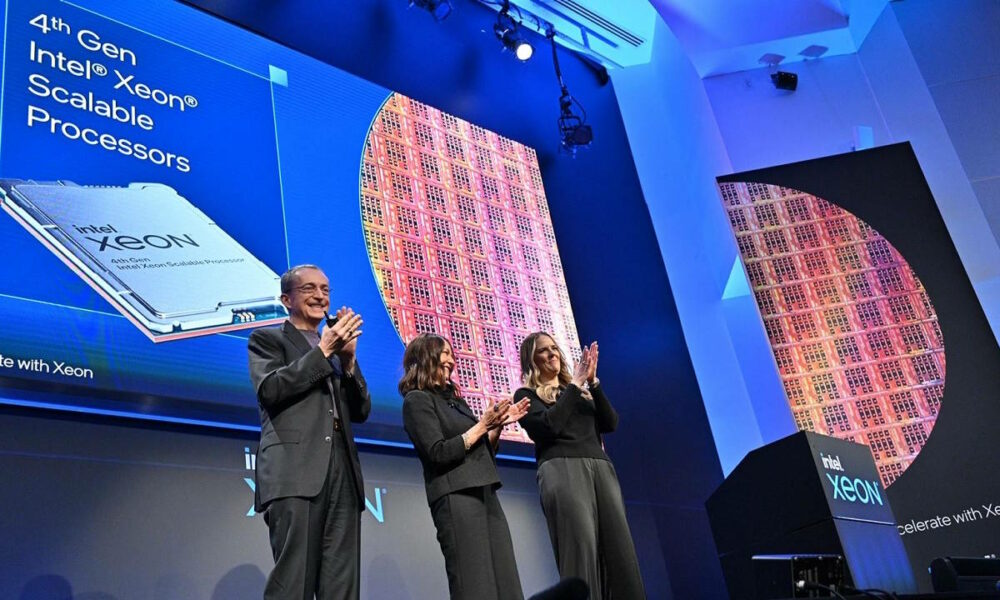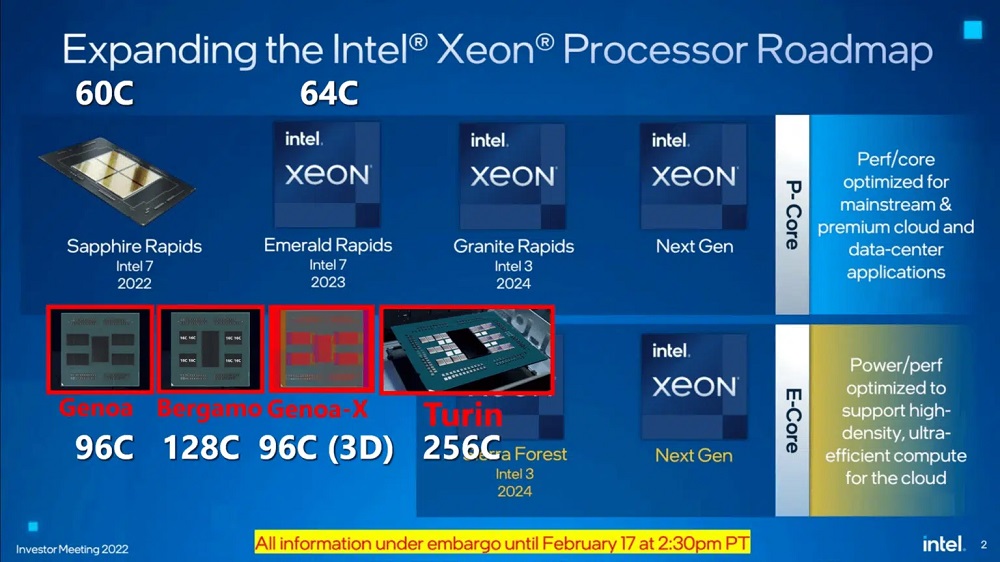
The chip giant has reaffirmed the most important keys to its roadmap, and has maintained its commitment to meet the initially scheduled dates. This is very important for Intel, in fact it is part of the strategy that its CEO, Pat Gelsinger, gave in an interview alluding to the execution on time and on time.
It is not difficult to understand, it is useless to have a winning architecture on an advanced node and with a huge density of transistors if this is not viable on the wafer, either for technical or economic reasons, and if therefore you are going to have to delay it repeatedly. This has been a problem that Intel has been experiencing on numerous occasions. Remember, for example, what happened with the transition to 10 nm, and also the delays suffered by the new Sapphire Rapids processors.
In fairness, it must be recognized that in all these cases Intel has sinned of ambitionthat is, it has had excellent ideas to design very advanced chips for the moment in time in which we found ourselves, but by jumping to the wafer he has come across the harsh reality that he had bitten off more than he could swallow. Sapphire Rapids is one of the best examples that we can put today, since they are very advanced processors that have numerous specialized accelerators, and that of course start from a truly unique approach. A pity that they suffered so many delays.
Intel has internalized this problem, and for this reason it has reaffirmed, as we told you at the beginning of this article, its commitment to its latest roadmap, and He has done it at all levels. This means that Meteor Lake, the first Intel 4 (7nm) node architecture for general consumption, will arrive later this year, and that Emerald Rapids, the successor to Sapphire Rapids, will also be released in the second half of this year. Granite Rapids will go to 2024.
According to the latest information to which we have had access, Emerald Rapids will be a minor evolution of Sapphire Rapidsbecause it will maintain the MCM design based on interconnected blocks, it will have a maximum of 64 cores and 128 threads, it will also have specialized accelerators and it will be manufactured on the Intel 7 node.
This leaves us with a really frantic pace of releases, since if you realize we move in annual cycles, something that undoubtedly represents a major challenge. However, if Intel manages to comply, it is clear that it will significantly improve its position, and that it will make things very difficult for AMD.




